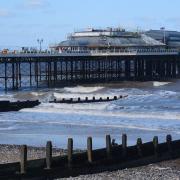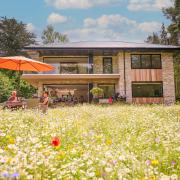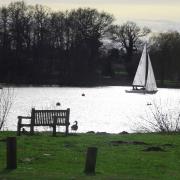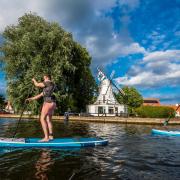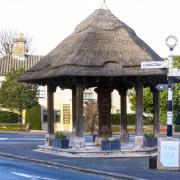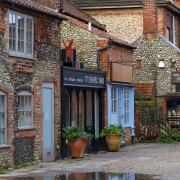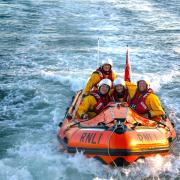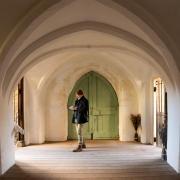Illuminating
A spectacular procession of beautifully-lit boats will glide along waterways around Ludham on September 16.
Each of the 25 boats in the Ludham Illuminated Boat Parade will be transformed into a work of art. Look out for boats lit up as Greek myths, Snow White and the seven dwarves, the band Queen, and Lady Godiva complete with a life-size illuminated model of a horse.
The boats will leave Womack Staithe around 6.45pm with and turn on their decorative lights as dusk falls and they approach Potter Heigham Bridge an hour later.
View the twinkling boats, the colours reflecting in the river, from the bridge, the banks of the river Thurne and Womack Dyke, and around Womack Water. The parade finishes at Womack Staithe at 8.30pm.
Ludham’s first illuminated parade was launched by the Friends of St Catherine’s Church in 2021 and was enjoyed by almost 2,000 spectators. Now the route has been extended and the evening includes live music from a ceilidh band, and a bar and food van, at the staithe.
The parade will be raising money for the church rooms, which are used by many Ludham groups.
Wherries
Look out for 125-year-old Wherry Albion in the illuminated parade.
The traditional flat-bottomed, black-sailed cargo boat is owned by the Norfolk Wherry Trust, of Ludham. Wherry Albion is one of just two trading wherries left from the 300 which once sailed the Broads.
There is another chance to see the wherry at Womack Staithe as part of Heritage Open Days on September 16 and 17.
The pleasure wherry Hathor, launched in 1905 for trips on the Broads, is often moored at How Hill near Ludham
Another wherry often seen in the waters around Ludham is the pleasure wherry Hathor, designed with a magnificent Egyptian theme in memory of a young son of the Colman family who died of tuberculosis in Egypt. Hathor is often moored at How Hill for people to visit or sail on.

How wonderful
How Hill National Nature Reserve on the river Ant, close to Ludham is internationally important for its wetland plants, birds and insects, including rare swallowtail butterflies.
Run by the Broads Authority it includes tiny Toad Hole Cottage, a traditional marsh man’s home transformed into a museum and information centre. There are wildlife trails, an electric boat tour of the maze of waterways, picnic places, plus a hidden garden created by the original owner of magnificently-thatched How Hill House, which is now the base of the environmental educational charity the How Hill Trust.
War and peace
In the peaceful grounds of How Hill House is a carving with links to the horrors of the Second World War.
The estate was owned by the Boardman family and in 1936 Christopher Boardman won a gold sailing medal at the Berlin Olympics. With Adolf Hitler presenting the medals he refused to attend the ceremony but each gold medallist was also sent an oak sapling. They became known as ‘Hitler’s oaks.’ Chris’s tree was planted at How Hill. It survived being hit by shrapnel from a German bomb but was badly damaged in the 1987 storm. A few years ago wood from the stricken tree was transformed into a carving of the Olympic rings and Christopher’s winning boat.
Artists
Ludham has been home to at least two internationally-renowned artists – child prodigy Kieron Williamson who stunned the world with his landscape paintings from the age of six and now at 21 is a preternaturally mature and gifted artist; and Edward Seago (1910-1974), the son of a Norwich coal merchant, who painted post-impressionist landscapes, seascapes, skyscapes and portraits collected by several members of the royal family. He also designed the silver St George-and -dragon mascot for the monarch’s state car.











